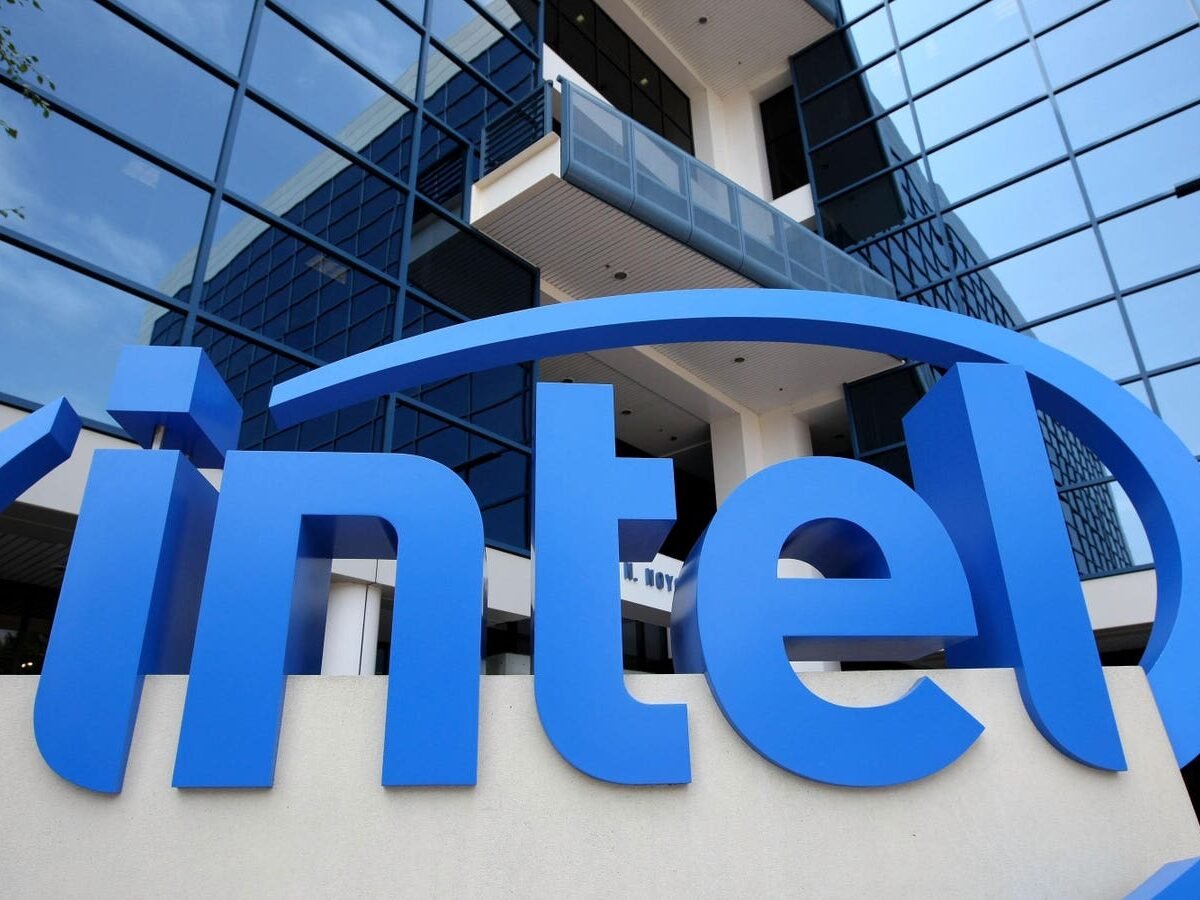SANTA CLARA, CA – JULY 15: An Intel sign is displayed in front of the Intel company headquarters … [+]
The stock of Intel has been in freefall for 5 years. The tech sector marks a major turning point today with stories of Intel possibly being sold off with TSMC and Broadcom showing interest in acquiring separate segments. Although some people find this development shocking, it fits an analysis I have conducted over the years that illustrates the vital necessity of strategic change.
Intel’s stock price is a sobering reminder that active maintenance of technology superiority is not permanent. The historical falls of titans like Kodak, Nokia, and BlackBerry, each of which misread the direction of their sector and failed to adapt, confirm this truth. Once leaders in their areas, these businesses were marginalized by more agile rivals better suited to the changing needs of the market. Intel’s story adds to this one by showing how even the most established businesses must keep innovating to be relevant in the always-developing technological scene.
Intel’s Stock Downturn
Intel’s stock slide in the semiconductor market is evidence of the effects of its slowness in reacting to important technological innovations made by AMD and NVIDIA. These businesses quickly included chiplet architectures and powerful artificial intelligence into their devices, but Intel’s slow penetration of the mobile computing industry added to their fast-fading supremacy. This situation reflects the extreme reality of technological development: companies who ignore to innovate with speed and insight could quickly move from industry leadership to obsolescence.
The choice to sell segments of its operations highlights more serious strategic flaws. Through its efforts to diversify into other businesses including quantum computing and foundry services, Intel has yet to make up for its delay in adjusting to major market developments. This repositioning is seen as a strategic realignment and a required reaction to systematic innovation shortages.
Pat Gelsinger, CEO of US multinational corporation and technology company Intel, waves to … [+]
Intel Lessons For The Technology Sector
Intel’s stock problems reflect a modern rereading of a recurring motif in the annals of technology. Think about Xerox, who created the first desktop-like interface and mouse but failed to commercialize these ideas, therefore allowing Apple and Microsoft to profit from them going forward. Similarly, Yahoo was formerly the major player in the internet market; but, when Google enhanced its search technologies and ad-revenue policies, it lost its leadership. These cases, like Intel’s, emphasize the need of businesses embracing change, constantly innovating, and adjusting to emergent technologies. Clearly, staying ahead of the technology curve is the main lesson for companies as well as for investors to avoid obsolescence. This story reminds us strongly of the risks associated with depending too much on past achievements and the constant technological development.
Intel tock Vs Nasdaq 5 Years
Investors In Intel Stock: Opportunity And Risk
For investors in the technology industry, Intel’s present place in the investing scene is quite instructive. The continuous volatility with Intel strikes a balance between possible risk and great possibility resulting from reorganization and innovation. This scenario emphasizes to investors the need to evaluate businesses not only depending on their current capacity but also on their agility and foresight to turn depending on demand of the market.
The company’s attempts to restructure its approach and reaffirm its market share highlight the difficulties experienced by well-known tech giants in a fast-changing environment. This continuous change not only tests Intel’s endurance but also serves as a guide for investors on the possible long-term returns from depending on a company’s capacity for reinventions. Intel’s demise will give insightful analysis of the success of such changes in the tech industry as it negotiates these waters, reminding investors of the dual character of risk and reward in high-stakes tech investments.
Moreover, Intel’s failure encourages investors to think about the wider consequences of market adaptation and technical innovation. It emphasizes the need for constant innovation and adaptability in preserving sector leadership. Watching Intel’s calculated moves offers a real-time case study on the effects of market changes and the strategic reactions that may either build or destroy a tech giant.
The author reached out to Intel for a comment and has yet to receive a reply.




